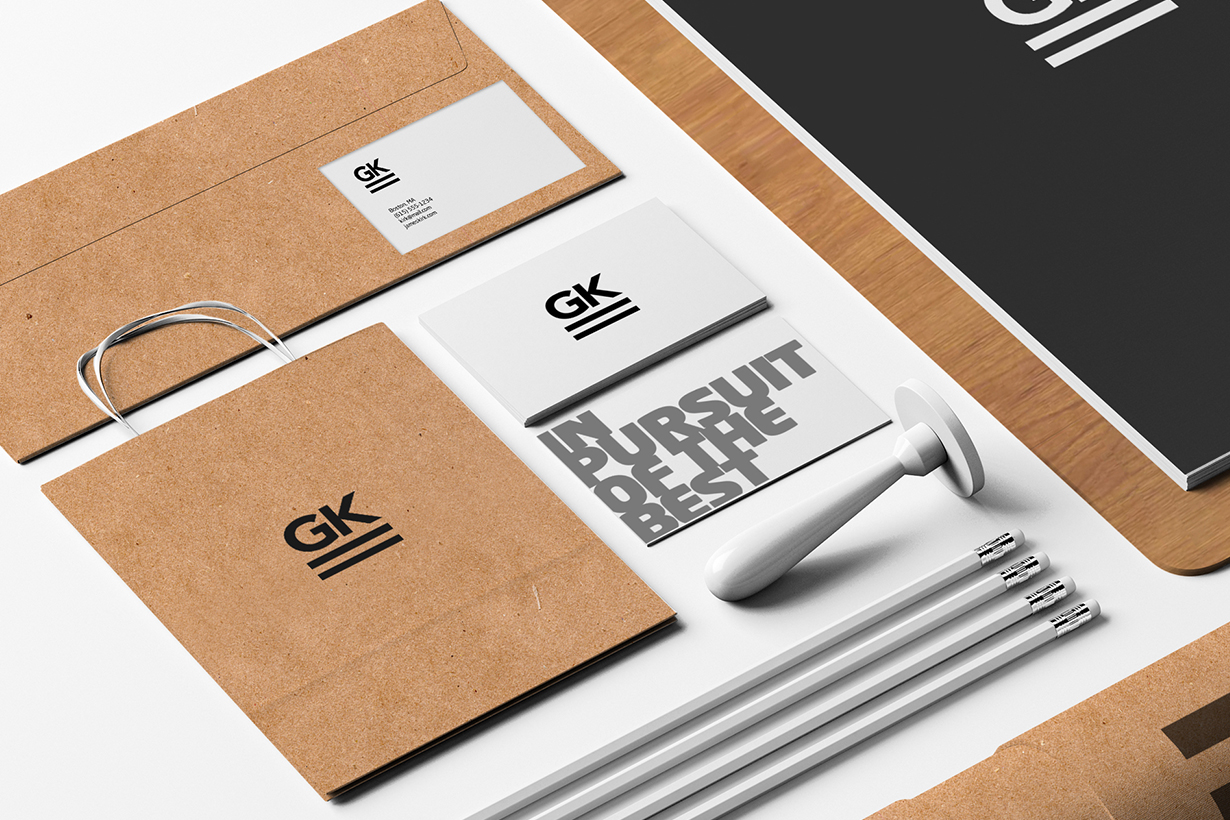
Mockup Branding: Modern Techniques for a Sophisticated and Cohesive Brand Identity
In the competitive landscape of business today, establishing a strong and recognizable brand identity is pivotal for any company’s success. Mockup branding has emerged as a cutting-edge technique that empowers businesses to showcase their products, services, and brand personality in a visually compelling and immersive way.
What is Mockup Branding?
Mockup branding is the process of creating realistic, high-fidelity representations of products, packaging, or marketing materials using computer-aided design (CAD) software. These mockups serve as a canvas for branding elements such as logos, colors, typography, and imagery, enabling businesses to visualize their ideal brand aesthetic and ensure consistency across all touchpoints.
Benefits of Mockup Branding
-
Enhances Visual Communication: Mockups elevate the presentation of products or marketing materials, creating visually striking and engaging experiences for customers. They allow businesses to showcase their offerings in a highly realistic context, enhancing their appeal and memorability.
-
Streamlines Design and Development: By creating mockups early in the branding process, businesses can identify and address potential design issues or inconsistencies before moving to production. This streamlines the design and development process, saving time and resources.
-
Establishes Brand Consistency: Mockups help businesses maintain a consistent brand identity across all channels. By applying branding elements uniformly and adhering to established design guidelines, they ensure a cohesive brand experience for customers, regardless of the platform or medium.
-
Facilitates Stakeholder Feedback: Mockups provide a tangible and interactive medium for stakeholders to review and provide feedback on branding proposals. This facilitates collaboration and consensus among team members, ensuring that the final brand identity aligns with the vision and goals of the organization.
-
Reduces Time to Market: The use of mockups enables businesses to iterate quickly on design concepts and make informed decisions. By visualizing how branding elements will appear in various scenarios, they can reduce the time required to bring products or marketing materials to market.
Techniques in Mockup Branding
Mockup branding encompasses a range of techniques to create compelling and professional-looking brand representations. These techniques include:
-
3D Modeling: Using CAD software, designers create three-dimensional models of products, packaging, or marketing materials with realistic textures, materials, and lighting.
-
Environmental Lighting: Mockups incorporate environmental lighting to simulate real-world conditions and enhance the realism of the final product. This includes incorporating reflections, shadows, and natural light sources.
-
Material Mapping: Designers apply realistic textures and materials to 3D models, replicating the look and feel of various surfaces such as fabric, metal, or glass.
-
Branding Element Integration: Logos, colors, typography, and imagery are seamlessly incorporated into mockups, creating a cohesive and branded representation.
Applications of Mockup Branding
Mockup branding finds extensive applications in various industries and marketing scenarios, including:
-
Product Design and Packaging: Creating realistic product mockups for marketing materials, online stores, and packaging design presentations.
-
Marketing Collateral: Designing mockups for brochures, flyers, posters, and social media campaigns, showcasing the brand’s visual identity consistently.
-
Web and App Development: Visualizing user interfaces, app designs, and website layouts to ensure a cohesive and user-friendly brand experience.
-
Social Media Marketing: Creating branded mockups for social media posts, profile pictures, and cover images to maintain a consistent presence across platforms.
-
Print Advertising: Developing mockups for print ads in magazines, newspapers, and billboards, ensuring high-quality and impactful visuals.
FAQ on Mockup Branding
-
What software is used for mockup branding?
- Popular software options include Adobe Photoshop, Illustrator, InDesign, and Sketch. Specialized 3D modeling software such as Blender, Maya, and Cinema 4D may also be used.
-
Is mockup branding expensive?
- Costs vary depending on the complexity of the project and the designer’s experience level. However, it generally offers a cost-effective and efficient way to visualize and refine a brand identity.
-
How long does it take to create a mockup?
- The timeline depends on the complexity and number of mockups required. Simple mockups can take a few hours, while complex ones may take several days or weeks to complete.
-
Can I use mockups for my own branding?
- Yes, mockups are typically licensed for commercial use. However, it is essential to check the license terms and ensure proper attribution to the original creator.
-
How can I learn more about mockup branding?
- Numerous tutorials, online courses, and resources are available to help individuals and businesses master mockup branding techniques.
Conclusion
Mockup branding has revolutionized the way businesses present their products, services, and brand identity. By leveraging cutting-edge design software and industry best practices, businesses can create realistic and immersive brand representations that engage customers, streamline design processes, and establish a consistent and memorable brand experience. Whether for product launches, marketing campaigns, or web development, mockup branding is an indispensable tool for driving brand success in the modern digital landscape.





